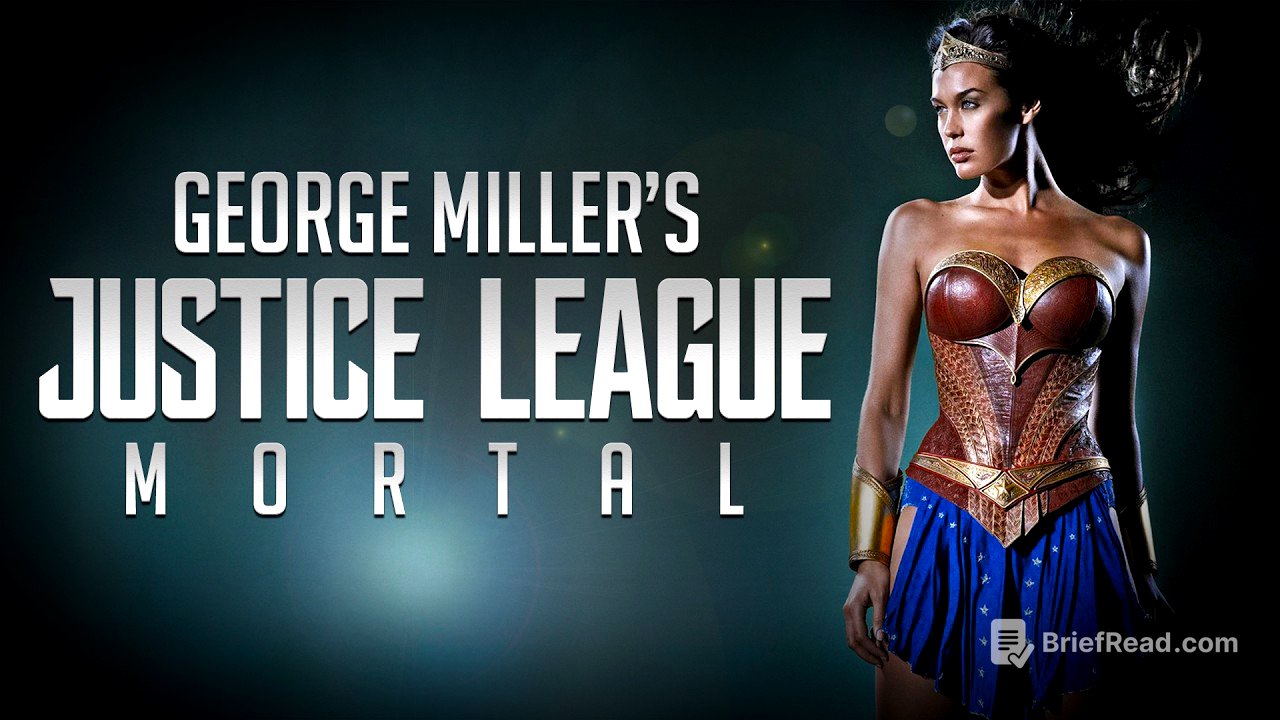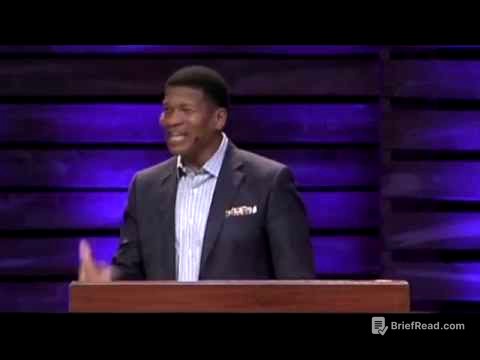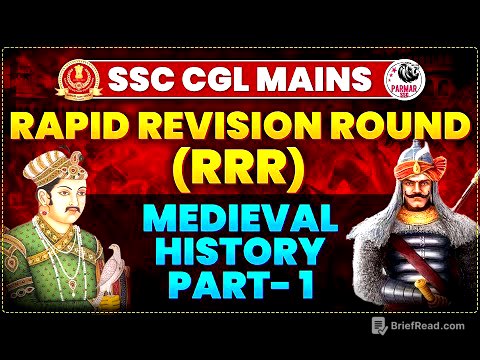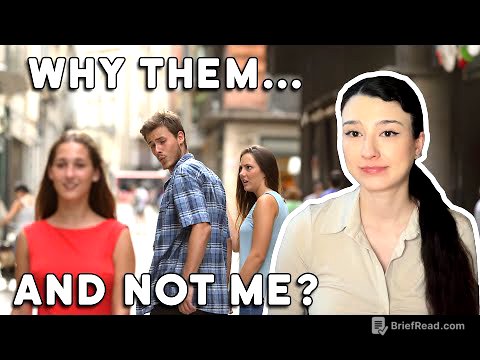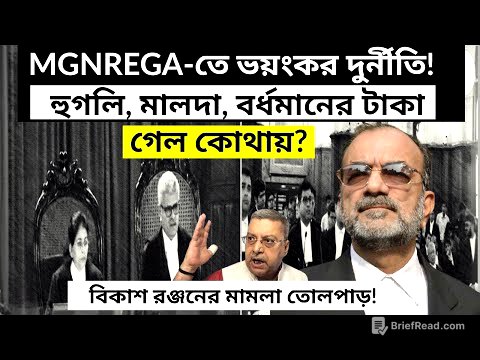TLDR;
This video explores the unmade "Justice League: Mortal" film directed by George Miller, detailing its cast, costumes, plot, and the reasons behind its cancellation. It discusses how the film aimed to launch a DC cinematic universe before Marvel, the casting choices, costume designs, and the intricate plot involving betrayal, mind control, and sacrifice. The video also examines the factors that led to the film's demise, including the writer's strike, issues with Australian government regulations, and concerns about competing with Christopher Nolan's Batman series, and it ponders the potential impact the film could have had on the superhero movie landscape.
- George Miller's "Justice League: Mortal" aimed to launch a DC cinematic universe before Marvel.
- The film's cancellation was influenced by the writer's strike, issues with Australian government regulations, and concerns about competing with Christopher Nolan's Batman series.
- The plot involved betrayal, mind control, and sacrifice, with a focus on the heroes' vulnerabilities.
Intro [0:00]
Warner Brothers decided to fast-track a standalone Justice League movie after the mixed reception of Superman Returns, with George Miller directing. The film aimed to launch a DC Cinematic Universe, predating Marvel's approach. Unlike Marvel, Warner Brothers planned to develop spin-offs only if the Justice League movie succeeded.
Cast [0:35]
The film was not intended to connect to previous DC films, so Brandon Routh and Christian Bale were not asked to reprise their roles as Superman and Batman, respectively. George Miller chose younger, lesser-known actors, including DJ Cotrona as Superman, Armie Hammer as Batman, Megan Gale as Wonder Woman, Hugh Keays-Byrne as Martian Manhunter, Adam Brody as The Flash, Common as Green Lantern, and Santiago Cabrera as Aquaman. The villains included Teresa Palmer as Talia al Ghul and Jay Baruchel as Maxwell Lord.
Costumes [1:51]
Concept art reveals Batman's costume drew inspiration from Alex Ross's artwork, featuring a utilitarian, battle armor feel. This film would have been the first where Batman could turn his head. Superman's costume lacked the iconic red underwear and boots, possibly aiming for a homemade aesthetic. Wonder Woman's costume appeared polished in publicity stills, and the script included jokes about her skimpy outfit. Aquaman would have had a prosthetic water hand, referencing a sacrifice he made for mankind. The film was set to open with the heroes in black versions of their costumes, attending a fallen hero's funeral.
The Plot [3:36]
The story begins with the Justice League attending a funeral for a fallen hero, implied to be Batman. A flashback reveals that metahumans have been around for years, but are mostly inactive due to Earth's peace. Batman monitors metahumans using the Brother I satellite, cataloging their powers and weaknesses. Talia al Ghul and Maxwell Lord join forces to destroy the metahumans by exploiting their weaknesses using nanobots, which they gained access to via Brother I. Lord, driven by resentment from childhood cybernetic experiments, seeks revenge on metahumans. The heroes regroup at the Fortress of Solitude, where Batman reveals his surveillance activities.
Lord uses his psychic abilities to manipulate Superman into believing Wonder Woman murdered Lois Lane, leading to a battle between them. Wonder Woman lassoes Lord, who reveals that killing him is the only way to free Superman. Batman kills Lord, ending his control. Talia merges with the Brother I computer, becoming a cybernetic monstrosity. Lord reveals his plan to infect people with the Omac virus through his Planet Krypton restaurant chain. Barry Allen sacrifices himself by running into the speed barrier, destroying Lord and the Omacs. Wally West becomes the new Flash, and the film concludes with the Justice League officially forming as Starro the Conqueror descends on Earth.
What Went Wrong? [9:28]
The writer's strike delayed production, leading to a rushed script. Production moved to Australia for tax breaks, but the Australian government felt not enough local actors were hired. This led to production moving to Vancouver, coinciding with the release of The Dark Knight. Warner Brothers feared releasing another Batman film would compete with Nolan's series and that a negative reception to Justice League might impact Nolan's films. Concerns also arose about audiences accepting Armie Hammer as Batman. Ultimately, Warner Brothers canceled the production to avoid undermining Nolan's Batman movies, opting to develop individual hero films instead.
Butterfly Effect [11:39]
The cancellation of "Justice League: Mortal" raises questions about its potential impact on the superhero movie genre. Had it been released, it could have altered the course of the DC Extended Universe or even influenced Marvel's cinematic universe plans. Additionally, it's speculated whether George Miller would have had the opportunity to direct "Mad Max: Fury Road" if he had been tied to a Justice League franchise.
